How to Fix Device ‘Require Further Installation’ Error in Windows?
When the “Device requires further installation” error appears in Windows, it typically occurs after installing a driver for hardware when the device doesn’t function correctly. This error suggests that while the driver has been installed, the process is incomplete or additional steps are needed to fully configure the device.

The most common cause is a driver conflict or an outdated driver, which is particularly prevalent in devices like network adapters, printers, and Bluetooth peripherals. Additionally, it may result from missing or pending Windows updates or a failure to check the correct event log for the device.
Now that you know the the error lets move to the fixes.
1. Ensure You’re Checking the Final Event Timestamp
Sometimes, older logs are mistakenly referenced, showing incomplete installation status. By verifying the latest event, you can confirm whether the installation process finished successfully or if further action is needed. This simple check helps avoid confusion caused by outdated or irrelevant logs, ensuring you’re addressing the current status of the device.
- Press Windows key + R to open the Run dialog box. Then, type “devmgmt.msc” in the text box and press Enter to open Device Manager. If prompted by UAC (User Account Control), click Yes to grant admin privileges.

Typing “devmgmt.msc” in the run prompt. - Once inside Device Manager, right-click on the device causing the issue and choose Properties from the context menu.
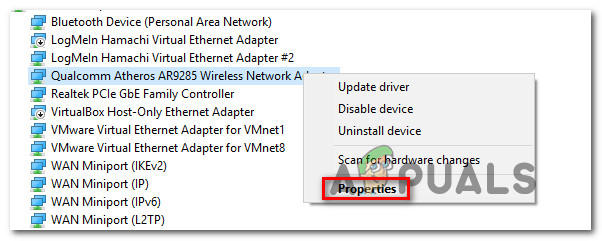
Accessing the Properties screen of your Wireless Network adapter - Inside the properties screen, select the Events tab, then go to the Events section.
- Analyze each Timestamp carefully to see which one has the most recent date. This is the one you should look at, not the first one.
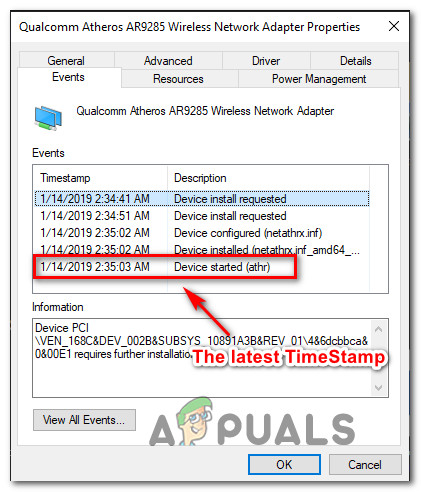
The latest Timestamp Note: If one of the latest Timestamps has a Device Installed description, it likely means that the driver for that device installed successfully and there’s nothing wrong with it.
2. Update or Reinstall the Affected Driver
An outdated or corrupt driver may not fully support the device or match your current Windows version, causing the “requires further installation” error. Updating or reinstalling the driver refreshes the link between the hardware and Windows, resolving potential conflicts, bugs, or incomplete installations.
- Press Windows key + R to open the Run dialog box. Type “devmgmt.msc” in the text box and press Enter to open Device Manager.

Typing “devmgmt.msc” in the run prompt. - Once inside Device Manager, go through the list of available devices, right-click on the one you’re having issues with, and choose Update driver from the context menu.

Right-click on the device and choose Update driver - On the next screen, click on Search automatically for updated driver software and wait to see if a new driver is found.
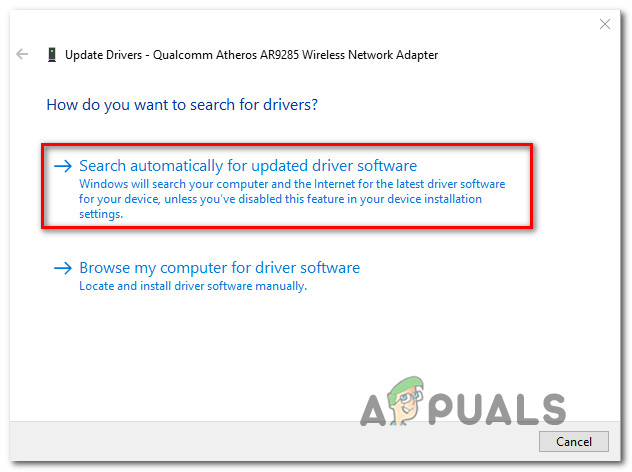
Searching for updated driver automatically Note: If a new driver version is found, follow the on-screen prompts to install it on your computer, then restart your machine.
- If the utility doesn’t find an updated driver version, force Windows to reinstall the driver by right-clicking on the same device and choosing Uninstall device from the context menu. Click Uninstall at the next confirmation prompt to complete the process.
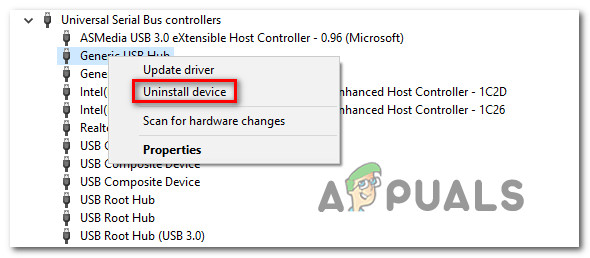
Uninstalling the device driver - Once the driver uninstallation is complete, restart your computer to allow your operating system to reinstall the missing driver at the next system startup.
- When the startup sequence is complete, return to the Events tab of the device in Device Manager and check if the issue has been resolved.
3. Install Every Pending Windows Update
Making sure your Windows system is fully updated is essential in resolving this error because updates often include critical fixes, driver updates, and patches that improve hardware compatibility. The “Device requires further installation” error often occurs due to missing or outdated system components, which can be fixed by installing pending updates.
- Press Windows key + R to open the Run dialog box. Type ‘ms-settings:windowsupdate‘ and press Enter to open the Windows Update tab of the Settings app.
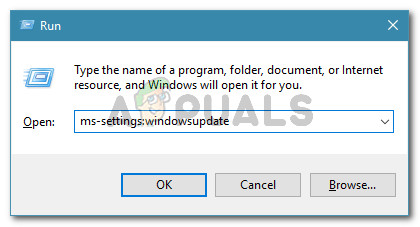
Run dialog: ms-settings:windowsupdate - Once inside the Windows Update tab, click Check for updates to initiate a scan for available updates.

Checking for downloadable updates - When the scan is complete, follow the on-screen prompts to install every pending Windows update.
Note: If you’re prompted to restart before every Windows update is installed, do so, but make sure to return to this screen at the next startup sequence and complete the rest of the update installations. - Once your Windows build is up to date, return to the Events tab of the device that was showing the ‘Device requires further installation’ error to see if the issue is resolved.
4. Install the Intel PROSet Wireless Driver
Installing the Intel PROSet Wireless driver fixes this error by replacing generic or outdated drivers with those specifically designed for Intel adapters. This ensures proper communication between your system and hardware, resolving compatibility issues and preventing installation errors from Windows updates or misconfigured drivers.
- Visit this link (here) and click the download button associated with your Windows architecture from the left section of the screen.
- Click on “I accept the terms in the license agreement” to download the latest driver version.
- Once the driver is downloaded, open the installation executable and follow the on-screen prompts to install the Intel ProSet driver on your computer.
- When the installation is complete, restart your computer and see if the issue is resolved after the next startup sequence.






